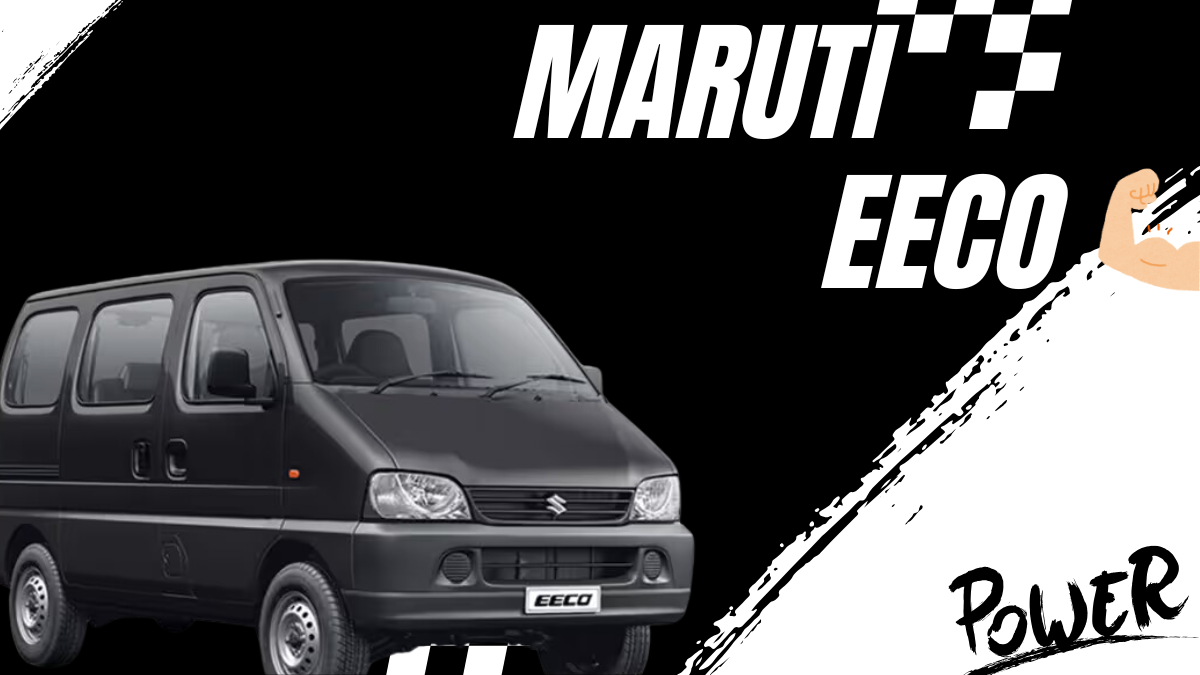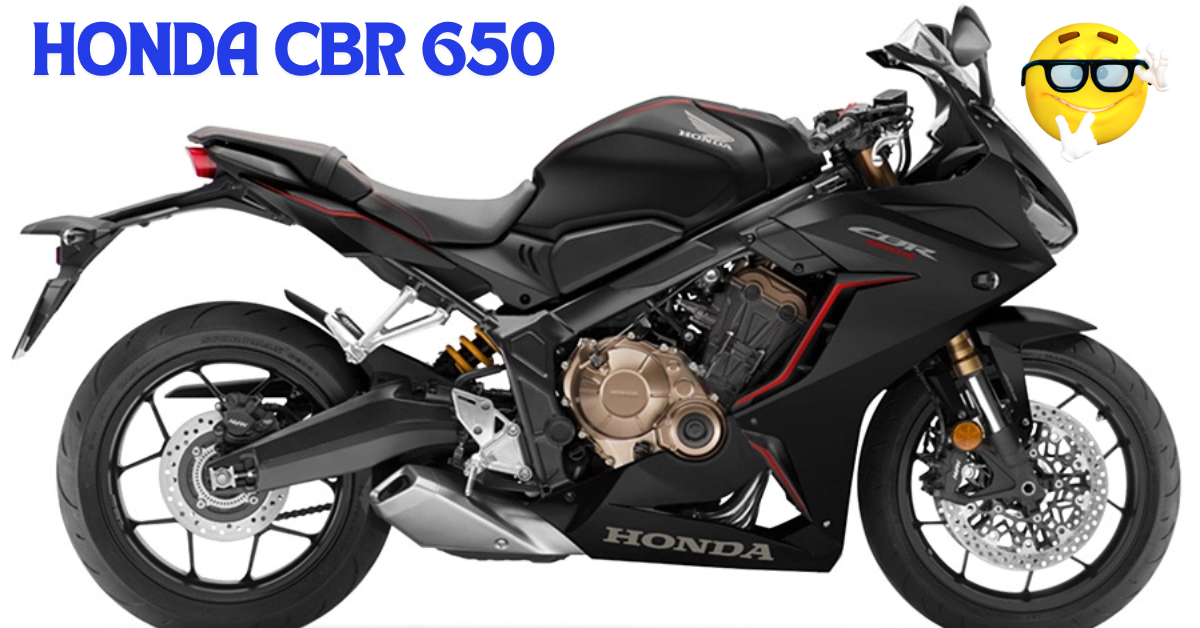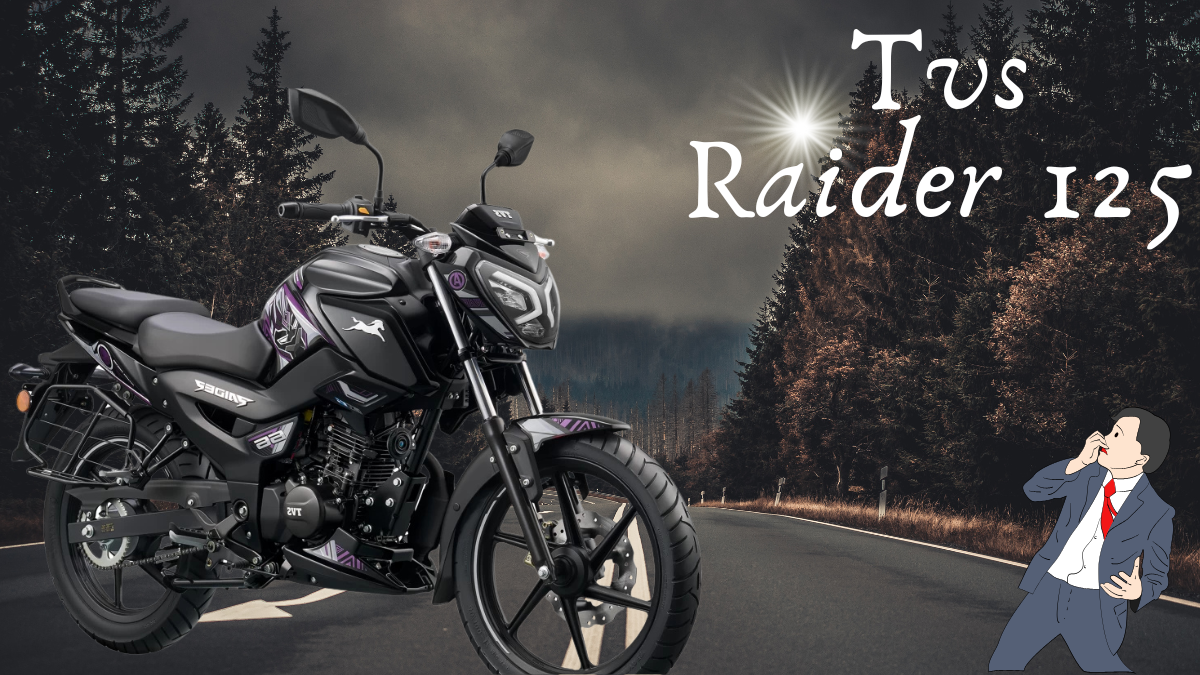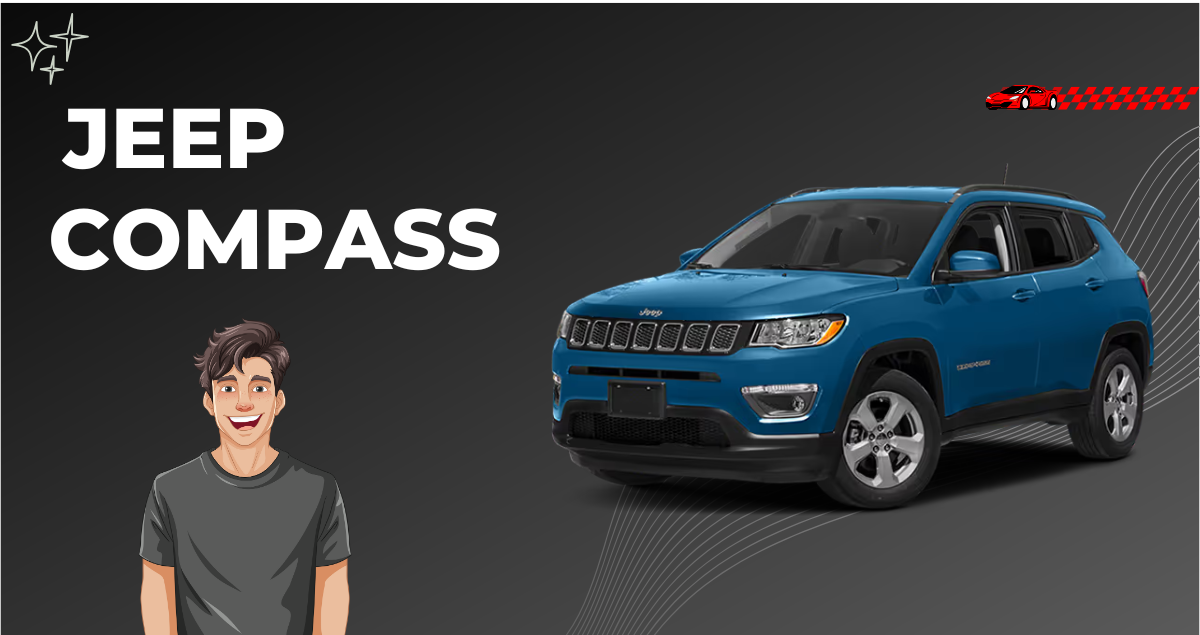1. The Big Buzz: Why Everyone’s Talking About the Skoda Kylaq
The Indian automotive market, a battleground of fierce competition, recently saw a significant entry that created a stir across the industry: the Skoda Kylaq. Launched on November 6, 2024, with deliveries starting on January 27, 2025, the Kylaq instantly made headlines with its unexpected and aggressive introductory price tag. It wasn’t just another SUV; it was Skoda’s bold move into the highly competitive sub-compact SUV segment traditionally dominated by established players. Extensive buzz around the “Skoda Kylaq” has been evident, trending across auto forums, YouTube channels, and car enthusiast circles, raising the important question: is this a phenomenal value statement, or is it simply fool’s gold?
The Skoda Kylaq was launched at an introductory ex-showroom price of Rs 7.89 lakh. This aggressive pricing was initially set to remain in effect until the model garnered 33,333 bookings, indicating Skoda’s clear intention to rapidly gain market share and establish a strong foothold in the segment. This strategic decision to link the introductory price to booking numbers reveals a calculated approach by Skoda to disrupt the highly competitive sub-compact SUV market.
It indicates that the company is prioritising rapid market penetration and volume building over immediate high profit margins in the initial stage, with the aim of capitalising on the initial excitement to convert interest into solid sales. This strategic pricing is a primary factor behind the initial surprise from the market and the extensive buzz that followed.
As Skoda’s first sub-compact SUV, the Kylaq directly challenges popular rivals such as the Tata Nexon, Maruti Suzuki Brezza, Hyundai Venue, Kia Sonet and Mahindra XUV3XO. Skoda aims to differentiate itself with its “practical, understated character and its aggressive pricing”. The Kylaq features Skoda’s “modern-solid” design language, including distinctive split headlamps, a boxy profile and short overhangs. It is often described as a “mini Kushaq”, leveraging the visual appeal and perceived robustness of its bigger sibling.
The market response to the Kylaq has been remarkably strong. User reviews have been overwhelmingly positive, with an impressive average rating of 4.7 out of 5 based on 250 reviews. Common praises include its safety, robust build quality, pleasant driving experience, and overall value for money. This positive sentiment has translated into strong sales figures. Monthly sales grew from 1,242 units in January 2025 to 5,364 units in April 2025. More broadly, Skoda Auto India reported a significant 89.3% increase in deliveries in Q1 2025, a growth largely driven by the launch of the Kylaq.
The combination of aggressive introductory pricing, positive user feedback highlighting safety and build quality, and strong initial sales figures suggest that Skoda’s value proposition for the Kylaq is resonating effectively with Indian consumers. This strong acceptance in the market signals a successful turnaround, where the brand’s reputation for quality, combined with an affordable price point, is effectively overcoming the challenge of being a relatively late entrant into a crowded sector.
2. Price Reveal: What’s the Real Deal with the Skoda Kylaq Price?
After the initial excitement over the Skoda Kylaq’s starting price, it has recently undergone some changes, which necessitates a deeper look at its actual market positioning. While it is still highly competitive, these revisions give an insight into Skoda’s evolving strategy and the value proposition of the Kylaq compared to its various rivals.
The Skoda Kylaq is available in four main variants: Classic, Signature, Signature Plus and Prestige. A total of 12 sub-variants are available, offering a range of options for consumers. The Skoda Kylaq is priced between ₹8.25 lakh for the entry-level Classic variant and ₹13.99 lakh for the fully-loaded Prestige AT (ex-showroom).
On May 5, 2025, Skoda revised the prices of the Kylaq. This adjustment saw an increase of up to ₹ 36,000 for the base variant, while the top-end variant’s price decreased by up to ₹ 46,000. This strategic shift from pure volume capture (introductory pricing) to optimizing profitability and perceived value on higher trims is noteworthy. The move indicates that Skoda is confident of the Kylaq’s feature set and brand appeal at the premium end of the sub-compact segment, aiming to attract buyers looking for a more feature-rich offering at a slightly higher price, rather than competing only on the lowest starting price.
The Kylaq competes directly with the strong lineup of sub-4 metre SUVs in India, which includes the Tata Nexon (₹ 8.10 Lakh – ₹ 15.5 Lakh), Maruti Suzuki Brezza (₹ 8.69 Lakh – ₹ 14.14 Lakh), Hyundai Venue (₹ 7.94 Lakh – ₹ 13.62 Lakh), Kia Sonet (₹ 8 Lakh – ₹ 15.60 Lakh) and Mahindra XUV 3XO (₹ 7.99 Lakh – ₹ 15.79 Lakh). All prices mentioned are ex-showroom and are subject to variant and city-specific changes.
Beyond its direct sub-compact rivals, the direct mention of the Creta, Seltos and Grand Vitara in user queries, which are larger C-segment SUVs, highlights a perceived overlap in buyer consideration, despite the Kylaq being a sub-compact. These C-segment SUVs include the Hyundai Creta (₹11.11 lakh – ₹20.50 lakh), Kia Seltos (₹11.19 lakh – ₹20.56 lakh) and Maruti Grand Vitara (₹11.42 lakh – ₹20.68 lakh). By positioning its top-end Kylaq variant (₹13.99 lakh) well below the base variants of these C-segment SUVs, Skoda is effectively creating a unique price space.
The Kylaq is not just another sub-compact SUV; It is an attractive “premium sub-compact” that offers a robust, feature-rich experience at the price of a more basic large SUV. This strategy is intended to attract buyers who want a more solid and premium experience than the typical sub-compact, but find C-segment SUVs too expensive, thereby bridging the perceived gap between the segments.
Skoda Kylaq vs. Key Rivals: Price Comparison (Ex-showroom, Base & Top Variants)
| Model | Segment | Base Price (Ex-showroom) | Top Price (Ex-showroom) |
|---|---|---|---|
| Skoda Kylaq | Sub-Compact SUV | ₹8.25 Lakh (Classic) | ₹13.99 Lakh (Prestige AT) |
| Tata Nexon | Sub-Compact SUV | ₹8.10 Lakh | ₹15.5 Lakh |
| Maruti Suzuki Brezza | Sub-Compact SUV | ₹8.69 Lakh | ₹14.14 Lakh |
| Hyundai Venue | Sub-Compact SUV | ₹7.94 Lakh | ₹13.62 Lakh |
| Kia Sonet | Sub-Compact SUV | ₹8 Lakh | ₹15.60 Lakh |
| Mahindra XUV 3XO | Sub-Compact SUV | ₹7.99 Lakh | ₹15.79 Lakh |
| Hyundai Creta | C-Segment SUV | ₹11.11 Lakh | ₹20.50 Lakh |
| Kia Seltos | C-Segment SUV | ₹11.19 Lakh | ₹20.56 Lakh |
| Maruti Grand Vitara | C-Segment SUV | ₹11.42 Lakh | ₹20.68 Lakh |
3. What’s Under the Hood: Features That Make It Worth (or Not Worth) the Price
The Skoda Kylaq’s appeal lies in its engineering and feature set, far beyond its price. Understanding what it offers, and where it compromises, is key to evaluating its true value.
The Kylaq is powered by a 1.0-litre, three-cylinder TSI turbo-petrol engine (999cc) that generates 114bhp and 178Nm of torque. This engine comes mated to your choice of a 6-speed manual or a smooth-shifting 6-speed torque converter automatic gearbox. Reviews consistently praise its “punchy performance” and “engaging driving experience”, noting that the engine feels responsive and the automatic transmission aids smooth transitions. Skoda’s decision to offer only this 1.0L TSI turbo-petrol engine is a well-thought-out strategic choice. While this engine offers performance in line with Skoda’s brand identity, it naturally limits the Kylaq’s appeal to that segment of Indian buyers who prefer diesel fuel efficiency or the cost-effectiveness of CNG, both of which are offered by key rivals. This suggests a focus on delivering a distinctive, performance-oriented petrol experience rather than maximising market breadth through diverse fuel options.
Reflecting Skoda’s bold new design direction, the Kylaq flaunts a ‘modern-solid’ aesthetic — complete with crystalline LED projector headlamps, a gloss-black butterfly grille, and sharply sculpted bonnet lines. Its boxy profile and short overhangs give it a strong, curvy “mini Kushaq” look. Top variants get 17-inch dual-tone alloy wheels, flush-fitting roof rails, spoiler and skid plates, which enhance its sporty appeal.
Inside, the cabin design is minimal but functional, with metal-finished detailing around the vents and screens, and consistent fit and finish. Skoda has incorporated new materials and finishes, including dark green inserts and textured plastics, to give a premium feel. For infotainment and connectivity, the Kylaq features a dual-display setup with a 10-inch touchscreen infotainment system and an 8-inch virtual cockpit (digital instrument cluster). It offers wireless Android Auto and Apple CarPlay, front and rear USB-C ports, and a wireless phone charger. In terms of convenience and seating positions, the higher variants get ventilated front seats with electric adjustment for both driver and passenger, a single-pane sunroof, push-button start, It offers a generous 446-litre boot and a 189 mm ground clearance, adding serious practicality for Indian roads and road trips alike.
However, there are some compromises and missing features. A notable compromise is the absence of diesel and CNG engine options, which are popular in the Indian market for their fuel efficiency and low running costs. While the 1.0L TSI engine is praised for its performance, some typical three-cylinder engine noise, vibration, and harshness (NVH) are noticeable at higher revs. The touch-based climate control system is reported to not be user-friendly while driving, which could potentially cause distractions. The Kylaq also misses out on some high-end features found in rivals such as a 360-degree camera or a panoramic sunroof. It also lacks advanced driver-assistance system (ADAS) features such as adaptive cruise control or lane-keep assist. The selective inclusion of premium features as well as the omission of some high-tech features and the use of hard plastics point to a deliberate cost optimization strategy. Skoda appears to have prioritized features that directly enhance tangible comfort and the driving experience over driver-assistance or luxury-showy elements. This allows the company to maintain competitive price points while still offering a “premium” experience in key areas, showing where value is added and where compromises are made to achieve that value.
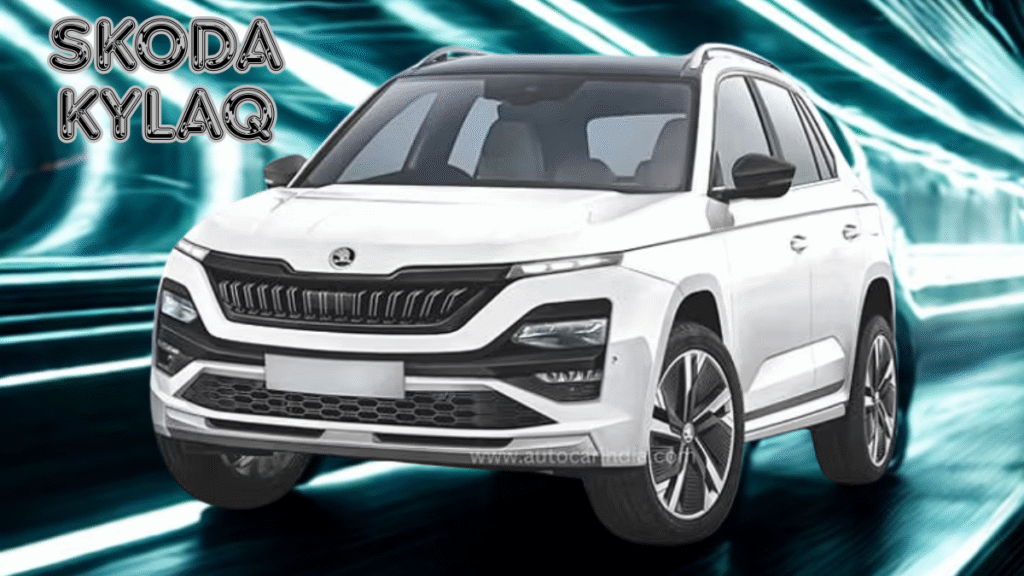
4. The Mileage Mystery: Will It Save You Fuel or Drain Your Wallet?
For Indian car buyers, fuel efficiency is often as important as the purchase price. The Skoda Kylaq’s mileage figures, both claimed and real-world, paint a nuanced picture that demands closer scrutiny.
Skoda claims an ARAI mileage of 19.68 kmpl for the manual variant of the Kylaq and 19.05 kmpl for the automatic variant. These figures are competitive in this segment for a petrol SUV. However, independent tests tell a different story for real-world conditions. The petrol automatic (top-spec Prestige variant) returns an average of 8.9 kmpl in city traffic (average speed between 16-22 kmph) and 12.4 kmpl on highways (average speed around 57 kmph). This shows a significant drop compared to the claimed figures, especially in congested urban environments. For the petrol manual, real-world tests return a mileage of around 16 kmpl from mixed city and highway use.
The significant disparity between the Skoda Kylaq’s ARAI claimed mileage and its actual figures is a key factor influencing its overall evaluation. While the initial purchase price is attractive, higher than expected fuel consumption, especially in typical Indian city traffic, can lead to significantly higher running costs, potentially “emptying the wallet” in the long term. This suggests that the initial price advantage may be partially offset by the ongoing fuel expenses for average users.
When benchmarked against rivals, especially the robust hybrid of the Maruti Grand Vitara and the diesel variants offered by the Creta, Seltos and Nexon, the Kylaq’s petrol-only, low real-world mileage puts it at a disadvantage for fuel-conscious buyers or those with longer daily commutes. This means that while the Kylaq offers a premium driving experience and robust build, it sacrifices ultimate fuel economy for performance. This trade-off means the Kylaq may not be the most economical choice for all buyers, challenging its universal value proposition in a market segment where running costs are often the primary purchase driver.
Skoda Kylaq vs. Key Rivals: Claimed & Real-World Mileage Comparison
| Model | Engine Type | Transmission | ARAI Claimed Mileage (kmpl/km/kg) | Real-World City (kmpl) | Real-World Highway (kmpl) |
|---|---|---|---|---|---|
| Skoda Kylaq | Petrol | MT | 19.68 | ~16 (mixed) | N/A (mixed) |
| Petrol | AT | 19.05 | 8.9 | 12.4 | |
| Hyundai Creta | Petrol | MT/CVT | 17.40-17.70 | 15.77-17.5 | N/A |
| Diesel | MT/TC | 19.10-21.80 | 19-23 | 25-29 | |
| Kia Seltos | Petrol | MT/CVT/DCT | 17.00-17.90 | 10.3 (IVT) | 15.7 (IVT) |
| Diesel | MT/TC | 19.10-20.70 | 12.9 (AT) | 17.8 (AT) | |
| Maruti Grand Vitara | Mild-Hybrid Petrol | MT/AT | 20.16-21.11 | ~16.9 (MT), ~16.2 (AT) | N/A |
| Strong-Hybrid Petrol | e-CVT | 27.97 | ~25 | N/A | |
| Tata Nexon | Petrol/Diesel/CNG | MT/AMT/DCT | 17-24 | N/A | N/A |
| Maruti Brezza | Petrol/CNG | MT/AT | 17.38-25.51 | 16-17 | 21 |
| Hyundai Venue | Petrol/Diesel | MT/iMT/DCT | 17-24.2 | N/A | N/A |
| Kia Sonet | Petrol/Diesel | MT/iMT/DCT | 18.4-24.1 | N/A | N/A |
| Mahindra XUV 3XO | Petrol/Diesel | MT/AT/AMT | 17.96-21.2 | 16.94 (Petrol), 19.25 (Diesel) | N/A |
5. Safety Check: Is the Kylaq as Tough as It Looks?
Skoda’s legacy of solid build quality and safety continues with the Kylaq, which holds its ground firmly—even amid a few recent concerns. Safety is a key issue for many Indian car buyers, and the Kylaq’s performance in this area is a key selling point.
The Skoda Kylaq has achieved a commendable 5-star India NCAP safety rating for both adult and child passenger protection. This is in line with Skoda’s broader India 2.0 strategy, where models such as the Kushaq and Slavia have also consistently achieved 5-star ratings. This improved safety performance, compared to the 3-star rating of its direct C-segment rivals, the Hyundai Creta and Kia Seltos, establishes Skoda’s commitment to safety as a core value proposition. This makes the Kylaq an extremely attractive option for safety-conscious buyers, potentially justifying its price even against more feature-rich but less safe competitors.
The Kylaq is equipped with a comprehensive set of safety features, with six airbags (front, side and curtain) offered as standard across all variants. Other standard safety aids include anti-lock braking system (ABS), electronic brakeforce distribution (EBD), electronic stability control (ESC), traction control system (TCS) and rollover protection. Driver assistance features such as hill-hold control, tyre pressure monitoring system (TPMS) and multi-collision braking are also present. For parking, rear parking sensors are standard, and a rear-view camera with dynamic guidelines is available from the mid-variants. Safety of children is ensured with ISOFIX child seat anchors. Skoda maintains a strong reputation for its robust and well-built vehicles. User reviews for the Kylaq reinforce this, “Skoda Kylaq hai toh safety hai”
Despite its strong safety credentials, the Kylaq, along with the Skoda Slavia and Kushaq (and VW Taigun, Virtus) was part of a recent recall. The recall, affecting 25,722 Skoda vehicles manufactured between May 24, 2024 and April 1, 2025, was due to a faulty rear seatbelt buckle latch plate that could break in a frontal collision. Additionally, the webbing of the rear centre seatbelt assembly and the buckle of the rear right seatbelt could fail. Skoda Auto Volkswagen India Private Limited (SAVWIPL) identified the issue during ongoing quality inspections and is actively contacting customers for free replacement of affected parts.
While the 5-star safety rating is a testament to the Kylaq’s robust design, it may slightly dampen consumers’ initial confidence about overall reliability, shifting the focus from inherent design safety to consistency of production execution. This underlines the importance of a proactive manufacturer response in maintaining long-term trust, even after initial disruptions.
Despite being robust, the Kylaq doesn’t get advanced driver-assistance system (ADAS) features like adaptive cruise control, lane-keep assist or autonomous emergency braking. There’s also no 360-degree camera or blind-spot monitoring system, even in the top-spec variant.
Skoda Kylaq vs. Key Rivals: Safety Ratings & Key Features
| Model | Overall Safety Rating (NCAP) | Adult Occupant Protection (Stars/Score) | Child Occupant Protection (Stars/Score) | Standard Airbags | ADAS (Level) | 360-degree Camera | Key Standard Safety Features (ABS, ESC, TPMS, Hill Hold, ISOFIX) |
|---|---|---|---|---|---|---|---|
| Skoda Kylaq | 5-star Bharat NCAP | 5-star | 5-star | 6 | No | No | Yes |
| Hyundai Creta | 3-star Global NCAP | 3-star | 3-star | 6 | Yes (ADAS on higher trims) | Yes | Yes |
| Kia Seltos | 3-star Global NCAP | 3-star | 2-star | 6 | Yes (ADAS on higher trims) | Yes | Yes |
| Maruti Grand Vitara | Not officially rated | Expected 4-star | N/A | 6 | No | Yes (top trims) | Yes |
| Tata Nexon | 5-star Global NCAP & Bharat NCAP | 5-star (29.41/32) | 5-star (43.83/49) | 6 | No (Level 2 ADAS missing) | Yes | Yes |
| Maruti Brezza | 4-star Global NCAP | 4-star | 3-star | 6 (top trims) | No | Yes | Yes |
| Hyundai Venue | 4-star Global NCAP | 4-star | 3-star | 6 | Yes (Level 2 ADAS) | Yes | Yes |
| Mahindra XUV 3XO | 5-star Bharat NCAP | 5-star (29.36/32) | 5-star (43/49) | 6 | Yes (Level 2 ADAS) | Yes | Yes |
6. Beyond the Hype: Initial Market Response and Ownership Considerations
The true test of a new vehicle lies not just in the buzz around its launch but also in its continued market performance and long-term ownership experience. The initial response and estimated ownership cost of the Skoda Kylaq provide a glimpse into its future.
As reported earlier, user reviews for the Skoda Kylaq have been overwhelmingly positive, with an average rating of 4.7 out of 5. Buyers often praise its safety, solid build quality, enjoyable driving dynamics, and overall value for money. This positive sentiment has translated into strong sales figures, with monthly units growing from 1,242 in January 2025 to 5,364 in April 2025. This strong performance contributed significantly to Skoda Auto India’s nearly 90% growth in deliveries in Q1 2025, indicating strong initial market penetration and acceptance.
Historically, there has been a perception of Skoda vehicles being high in maintenance costs in India. However, under its ambitious India 2.0 strategy, Skoda has taken clear strides to turn things around. The Kylaq, being an India 2.0 product, benefits from high localisation, which aims to make spare parts more affordable and readily available. This directly counters previous concerns about expensive imported components. To sweeten the deal, Skoda is also throwing in a complimentary one-year ‘SuperCare’ maintenance package for all Kylaq buyers.
This proactive approach to improving the long-term ownership experience aims to significantly enhance the overall value proposition beyond the initial purchase price, directly addressing a major concern that can make the initial price seem “too good to be true”. While specific Kylaq service costs are still emerging, the typical annual service cost for Skoda’s localised models is said to be around ₹12-13k. However, older Skoda models sometimes cost a lot to replace specific parts like the headlight assembly (₹40k), flywheel (₹25k) or even DSG failures (₹6 lakh). The full impact of localisation on these larger, less frequent repairs for the Kylaq is still to be seen.
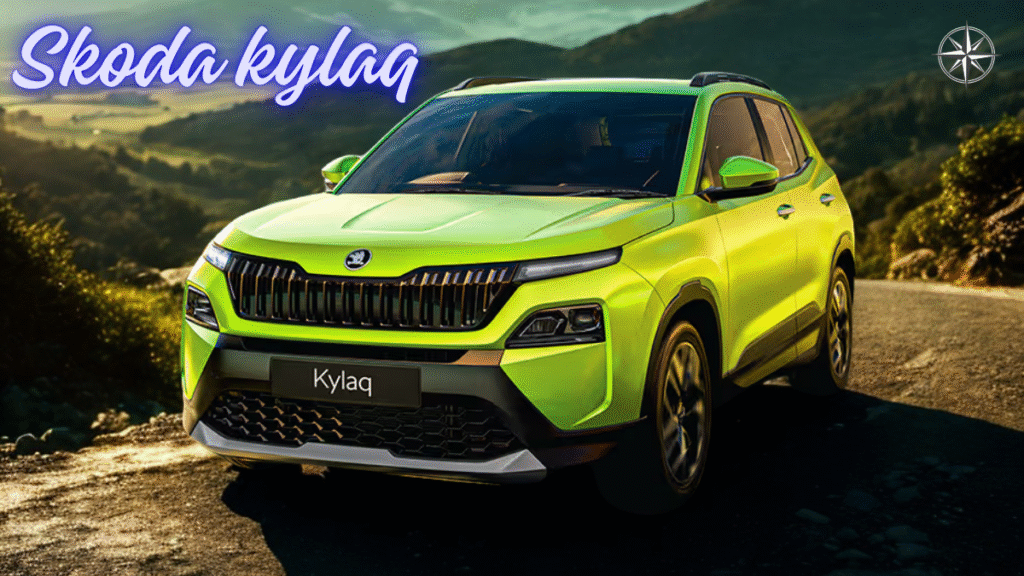
Real-world mileage figures for the Kylaq are significantly lower than its ARAI claims. This discrepancy means that even though the purchase price is attractive, the running fuel expenses, especially for urban commuters, may be higher than anticipated, impacting the total cost of ownership.
With regard to general issues and reliability, the recent recall for faulty rear seatbelt buckles is a sticking point. While Skoda identified the issue and is resolving it proactively and free of charge, it highlights that even new, highly-rated models can have manufacturing glitches that impact initial quality perception. This underlines the importance of ongoing quality control and responsive after-sales service to maintain consumer trust and ensure long-term satisfaction.
Some early users have also reported minor infotainment system problems such as Bluetooth/Android Auto connectivity issues and volume controls freezing. These issues were often resolved by restarting the car’s ignition cycle, suggesting software or minor electrical quirks rather than major hardware failures.
7. So… Is It Too Good to Be True?
After a thorough examination of the Skoda Kylaq’s market entry, pricing, features, performance, efficiency and safety, a nuanced verdict can be given on whether its attractive price is indeed too good to be true. Like most complex market propositions, the answer is questionable.
The Skoda Kylaq cannot be considered “too good to be true” in a misleading sense; rather, it represents a highly attractive value proposition, particularly for a specific class of buyers. Skoda has priced the Kylaq strategically to create a stir in the market by offering a premium, safety-focused product that is priced significantly lower than larger C-segment SUVs, while being competitive in its own sub-compact segment. This exceptional value for its price in core automotive attributes (safety, driving dynamics, build quality) comes with strategic trade-offs in areas such as real-world fuel efficiency and the absence of certain advanced tech features. The value offered is therefore subjective and depends on individual buyer preferences.
The Strengths: Why It’s a Game-Changer
- Aggressive Pricing: Especially for its top variants, the Kylaq’s ex-showroom price of ₹13.99 lakh is substantially lower than the base prices of C-segment SUVs like the Creta (₹11.11 lakh), Seltos (₹11.19 lakh), and Grand Vitara (₹11.42 lakh). This positions it as an exceptional value alternative for those seeking more than a basic sub-compact SUV without the full financial commitment of a larger model.
- Segment-Leading Safety: Its 5-star Bharat NCAP rating for both adult and child occupant protection is a standout feature, surpassing many rivals (e.g., Creta and Seltos’ 3-star Global NCAP ratings). The standard provision of 6 airbags across all variants further solidifies its safety credentials.
- Robust Build Quality: Living up to Skoda’s reputation, the Skoda Kylaq is praised for its “built like a tank” feel and overall sturdiness , instilling confidence in its occupants.
- Engaging Driving Dynamics: The 1.0L TSI turbo-petrol engine offers “punchy performance” and an “engaging driving experience” , complemented by a well-tuned suspension and precise steering, making it genuinely fun to drive.
- Premium Feature Set: Features like ventilated and power-adjustable front seats, a dual-display infotainment system with wireless connectivity, and a digital cockpit contribute significantly to a premium in-cabin experience not always found at this price point.
- Practicality: A generous 446-litre boot space and decent ground clearance (189mm) enhance its utility.
- Improved Ownership Experience: Skoda’s localization efforts and the offering of free Supercare packages aim to significantly reduce the perceived and actual long-term maintenance costs, addressing a historical concern for the brand.
The Limitations: Where the Compromises Lie
- Real-World Mileage Discrepancy: The most significant caveat is the notable difference between ARAI claimed mileage and real-world figures. The automatic variant’s 8.9 kmpl in city traffic and 12.4 kmpl on highways is considerably lower than advertised, leading to higher running costs than anticipated.
- Limited Powertrain Options: The absence of diesel and CNG engine options narrows its appeal, particularly for buyers prioritizing maximum fuel efficiency or alternative fuels.
- Missing Advanced Features: The lack of ADAS features, a 360-degree camera, and a panoramic sunroof means it does not match some rivals on a full tech checklist, though this is a strategic omission to manage costs.
- Interior Nuances: The touch-based climate control can be distracting , and the prevalence of hard plastics in the cabin might detract from a truly premium feel for some. Rear shoulder room is also limited.
- Initial Glitches: While addressed, the recent seatbelt recall and reported infotainment glitches indicate that early batches might have minor quality control issues, which could affect initial ownership satisfaction.
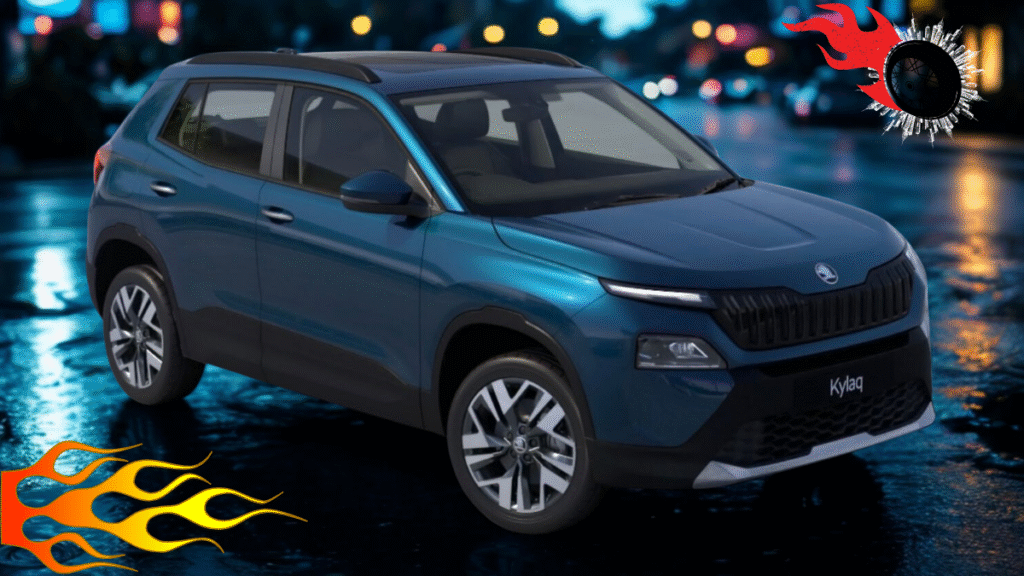
Who is the Skoda Kylaq Perfect For?
The Skoda Kylaq is an ideal choice for:
- Safety-conscious buyers: Its 5-star Bharat NCAP rating and standard 6 airbags make it a top priority.
- Driving enthusiasts: Those who prioritize a fun-to-drive vehicle with strong performance and engaging handling will appreciate the 1.0L TSI engine and chassis.
- Buyers seeking premium feel in a compact package: It offers a robust build, quality interiors, and desirable features like ventilated seats at a competitive price.
- Upgraders from hatchbacks/sedans: It provides a substantial, confident SUV experience without the full financial commitment of a larger C-segment SUV.
- Families prioritizing core safety: Despite missing ADAS, its passive safety is top-tier.
Who Should Consider Alternatives or Wait?
- High-mileage users: Those with extensive daily commutes or who prioritize the lowest possible running costs should look at diesel, CNG, or strong-hybrid alternatives.
- Tech-feature maximizers: Buyers who absolutely need Level 2 ADAS, a 360-degree camera, or a panoramic sunroof might find rivals more appealing.
- Frequent three-adult rear passengers: Limited rear shoulder room could be a concern.
- Early adopter cautious buyers: While issues are addressed, those who prefer a fully proven product might wait for a few more quarters to ensure all initial kinks are ironed out.
Future Updates & Hidden Costs:
Although currently offered only with the 1.0L TSI, there is speculation of a 1.5L turbo petrol engine option or even an EV variant in the pipeline, which could broaden its appeal. The primary “hidden cost” is higher real-world fuel consumption than ARAI figures. Buyers should factor this into their long-term budget. With regards to long-term maintenance, while localisation is aimed at reducing costs, potentially expensive component replacements (e.g., turbocharger, high-pressure fuel pump for turbo engines) after the warranty period remain a point of concern, although Skoda’s SuperCare package and better spare parts availability are positive steps.
Skoda’s long-term success with the Skoda Kylaq, and indeed its India 2.0 strategy, depends on its ability to consistently deliver on the promise of low ownership cost and reliable after sales service. While initial sales are strong, the continued positive word of mouth about genuine fuel efficiency and hassle-free warranty post-ownership will be crucial in cementing the Skoda Kylaq’s position as a truly good and sustainable value proposition in the long term.
8. Final Thoughts
In a market often filled with compromises, the Skoda Kylaq dares to disrupt. It is a compelling statement of intent from a brand traditionally associated with a more premium, niche segment, now taking a bold step towards the heart of the Indian SUV market. Although its price may have initially seemed “too good to be true”, analysis reveals that this is a carefully crafted value proposition: a vehicle that offers segment-leading safety, robust build quality and an engaging driving experience at a highly competitive price point.
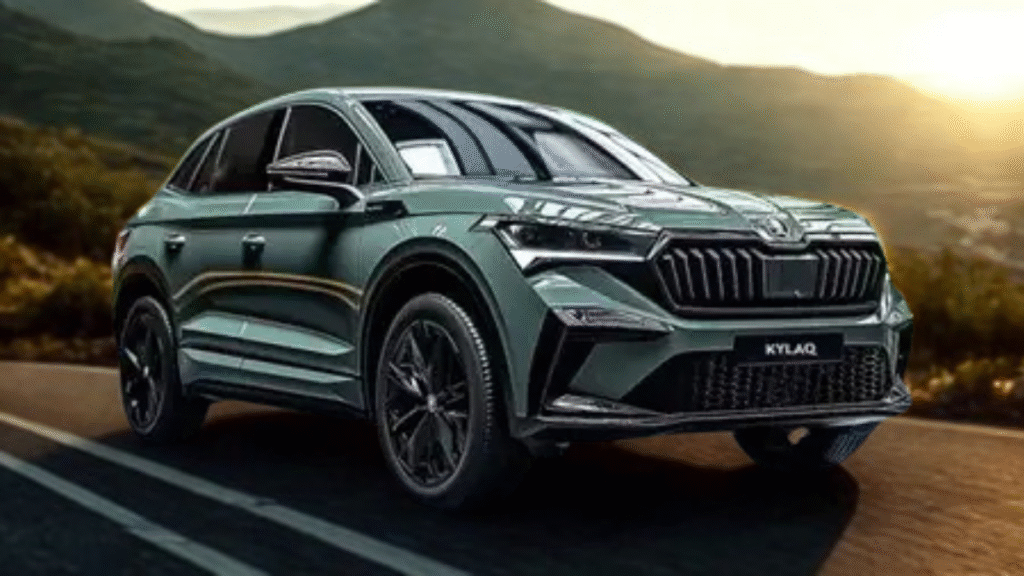
However, like any product, it has its drawbacks. Real-world mileage may not match the claimed figures, and it lacks some of the advanced tech features found in rivals. Still, for the discerning buyer who prioritises safety, driving pleasure and a solid European build over sheer fuel economy or an elaborate feature list, the Skoda Kylaq is a really smart and attractive option. This is not a mirage; it is a well-planned disruption.
Would one consider purchasing the Skoda Kylaq at this price, considering its strengths and compromises? Share thoughts in the comments below!
Ready to experience the Skoda Kylaq firsthand?

